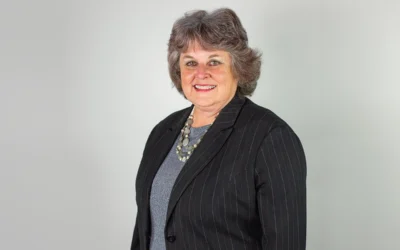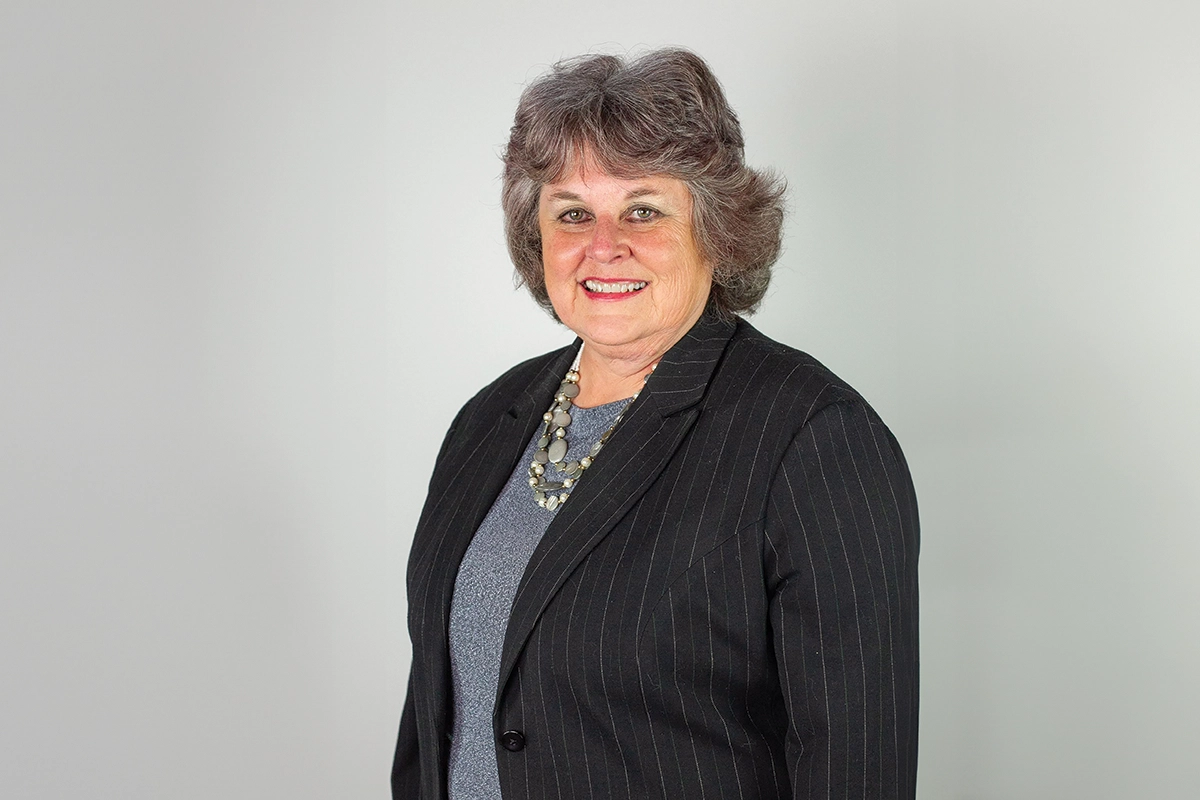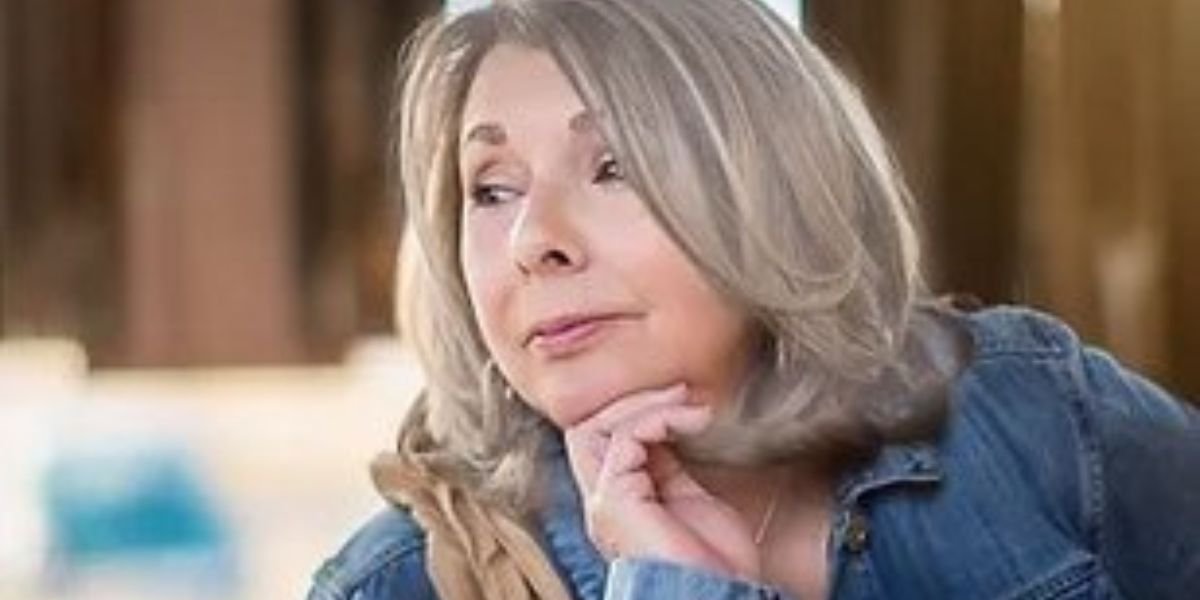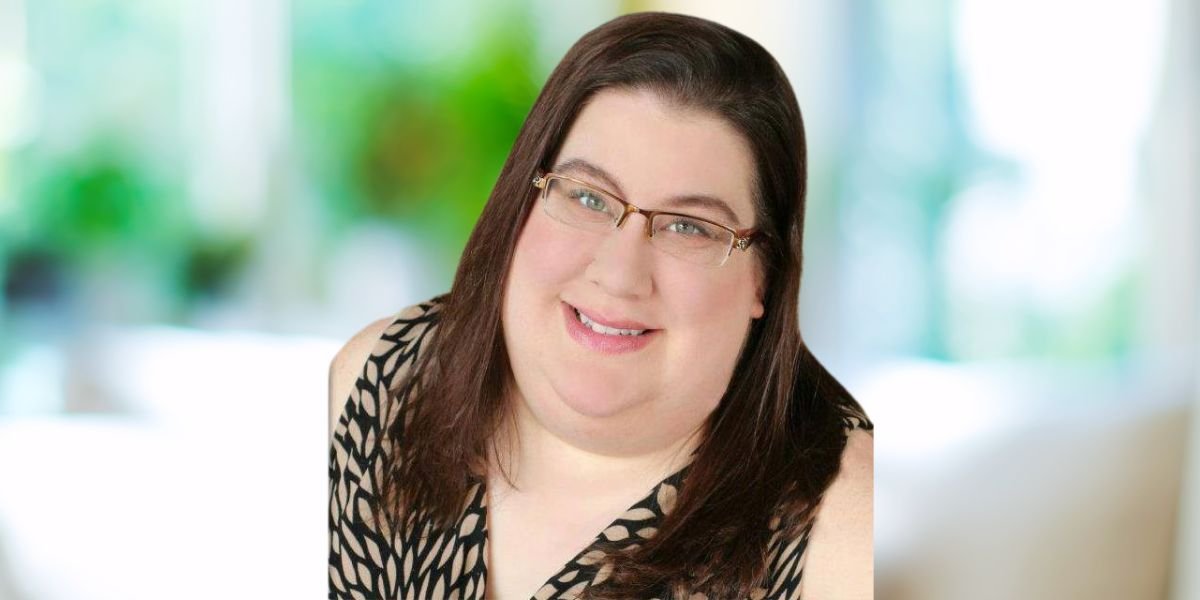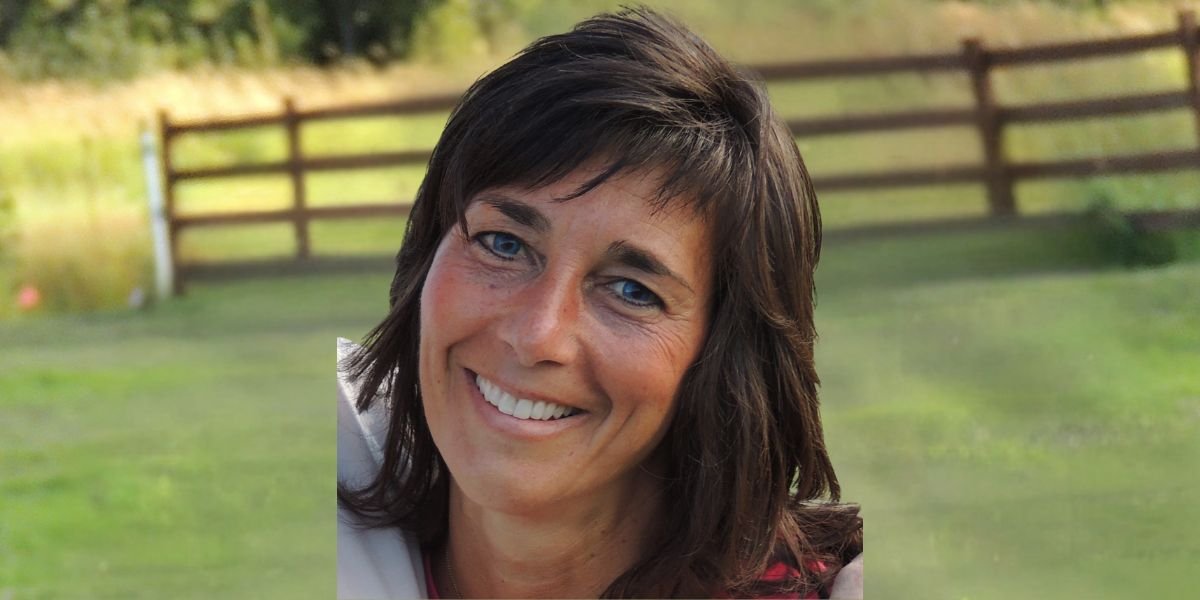The Visionary Lens of Peter Fraser
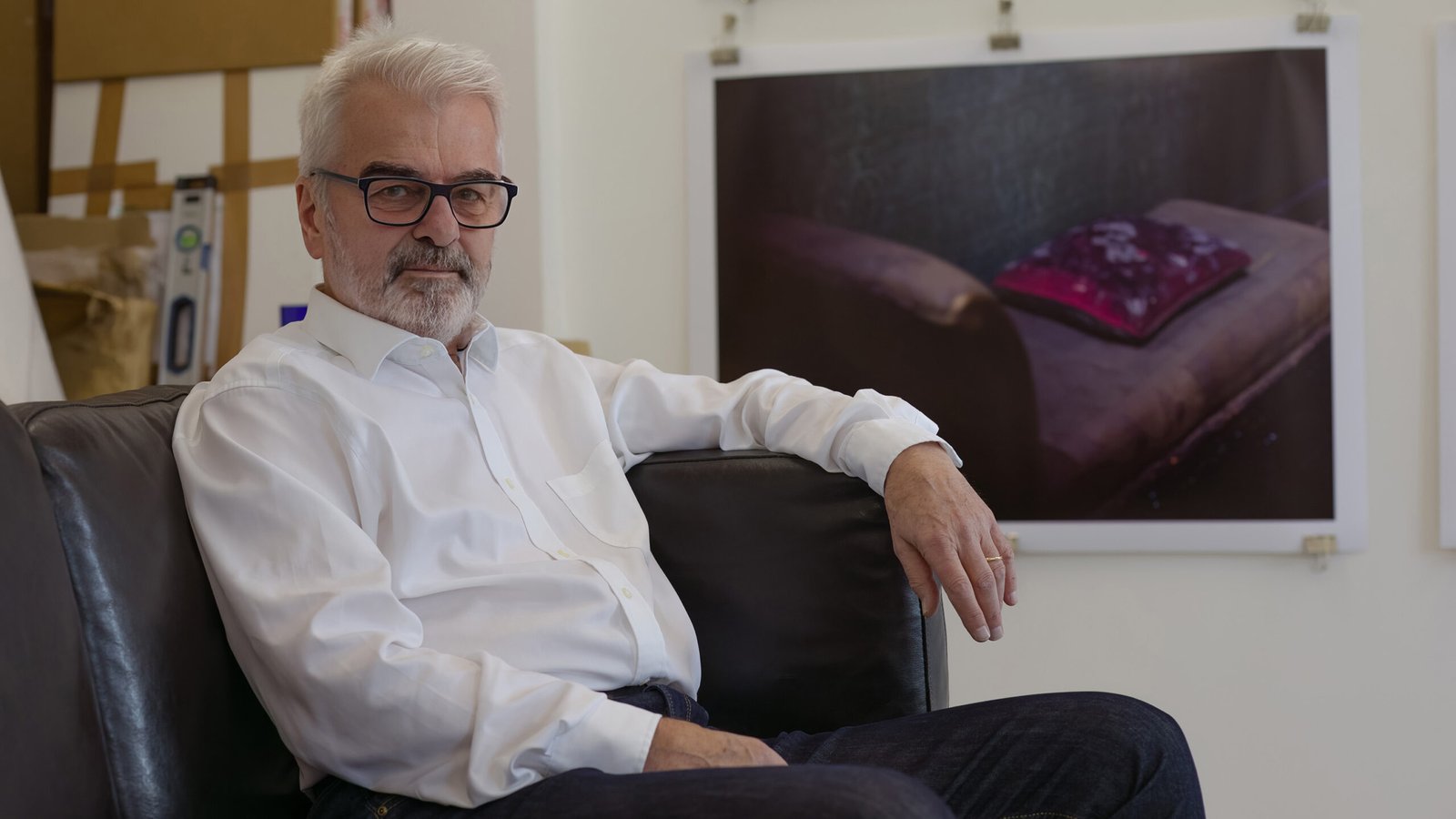
How Fraser’s work redefines the boundaries of modern photography and visual storytelling
In this interview, Peter Fraser discusses his unique approach to photography, his influences, and the evolution of his work over five decades, offering insight into his artistic philosophy and vision.
Peter Fraser has long been a pioneering figure in contemporary photography, shaping the way we perceive and engage with images through his masterful use of color and form. With a career spanning four decades, Fraser’s work has consistently pushed the boundaries of photographic expression, drawing on both the everyday and the abstract to reveal hidden layers of meaning. His meticulous attention to detail and the ability to capture the profound within the mundane has earned him a prominent place among the most influential photographers of our time. From his early collaborations with William Eggleston to his celebrated series like “Two Blue Buckets” and “Mathematics“, Fraser’s work challenges conventional perceptions, inviting us to see the world through a more inquisitive, contemplative lens.
As an artist, Fraser’s body of work is as varied as it is thoughtful. His exploration of human experience through colour and structure resonates with viewers on both emotional and intellectual levels. He has exhibited internationally, including a retrospective at Tate St. Ives—the first such honour given to a living British photographer. His continuous experimentation and engagement with new ideas are a testament to his enduring relevance. In this interview, Fraser delves into his creative journey, reflecting on his process, inspirations, and the evolution of his craft.
Peter Fraser is a trailblazer in photography, whose pioneering use of color has reshaped the way we view the world.
Your career began with an early passion for photography, and a pivotal time working in New York at the Laurel Photography Bookstore. How did that experience shape your understanding of photography’s expressive potential, and what inspired you to fully commit to color photography later in your career?
This was in 1974, while still studying the History and Practice of Photography and the range of serious Photography books available in the UK was minimal, so an entire bookshop dedicated to Photo books was completely shocking and inspirational. A whole world opened up, confirming photography’s achievements to date, but also suggesting much more was possible.
Later, in 1982 I discovered ‘William Eggleston’s Guide’ from his landmark MOMA NY show in 1976…and seeing that persuaded me of the serious, rigorous potential of color photography which had huge appeal because of the psychological territories alluded to.
You spent significant time with William Eggleston in the U.S., which you’ve described as a critical period in your artistic journey. How did this encounter influence your photographic style and vision, and what do you see as the lasting impact of Eggleston on your work?
That time with William Eggleston was critical for several reasons. I was in love with his work, and very nervous about spending time with such a great photographer, but felt if I wasn’t brave enough to approach him and spend time with him, then I certainly wasn’t going to have what it took to be fearless in making my own work. The experience was very intense, and what I learnt that was most important, was that it was possible to spend a life making color photographs. Inevitably, my work subsequently evolved a particularly European aesthetic.
“Two Blue Buckets” is often cited as a landmark series in your career. What was your conceptual approach to this series, and how did it feel to revisit the work for the “Director’s Cut” published in 2017 with the missing images included?
I had an extraordinary experience in 1975 when I was hospitalised in Southern Algeria while crossing the Saraha Desert south to north. After 3 continuous weeks in bed on a drip, a nurse walked me to the blinding hospital courtyard where six Bougainvillea trees were in flower. At that moment every flower appeared as a crucible in which an eternal struggle took place between the ‘Impossible beauty of the World and it’s irrefutable fact’. This intensity of vision which took me many years to verbally articulate, but was understood poetically in the moment, fed into all the works in ‘Two Blue Buckets’, and it felt as if a circle had been completed with the publication of the ‘Director’s Cut’ version.
In 2013, Tate St Ives held a retrospective of your work, the first for a living British photographer. How did it feel to reflect on your career at that point, and did revisiting these different bodies of work influence your approach to future projects?
It was a great honour to be awarded my Tate retrospective, and a terrific experience working with Tate and the highest curatorial standards. My Tate Monograph was published at the same time, and it was the sense of almost shocking consistency of preoccupation through all the projects, then over 30 years work…much more so I believed than if I had tried to design it so, and it encouraged me to be even bolder in accepting the public’s receptiveness of my work.
Your recent project Mathematics has gained critical acclaim, especially for its conceptual depth and visual exploration. What drew you to explore mathematical ideas through photography, and how do you see this series fitting within the broader context of your work?
Some years ago I came across Max Tegmark’s book ‘Our Mathematical Universe’ in which he proposes that the entire Universe is a physical expression of mathematics at the deepest possible level. Further, I had also seen, astonished as a schoolboy, Charles and Ray Eames’s landmark film ‘Powers of Ten’ which essentially supports the concept, and therefore I think I have always had a natural inclination towards the idea. These works are therefore an expression of my continuous preoccupation with pushing at the possibilities of what can we allude to within the confines of a color photograph.
You received the Pollock Krasner Foundation Award in 2021 to produce new work reflecting on the changes brought by the pandemic. Can you share more about the themes you are exploring in this new body of work, and how the context of the pandemic has shaped your artistic practice?
The pandemic encouraged my apprehension for the future as there will be others which we also may be poorly prepared for. Further, that generalized apprehension is compounded because my wife is Estonian, I have many relatives there, and Russia’s 2022 invasion of Ukraine, and possible future consequences of Russia winning that conflict could be profound regarding the security of the Baltic States in particular, and neighbouring countries in general. The new works have been made across Europe in the UK, Crete, Estonia, Germany, Spain, Portugal and France, while imagining our continent at a time of a bigger War, all through a poetic lens.

